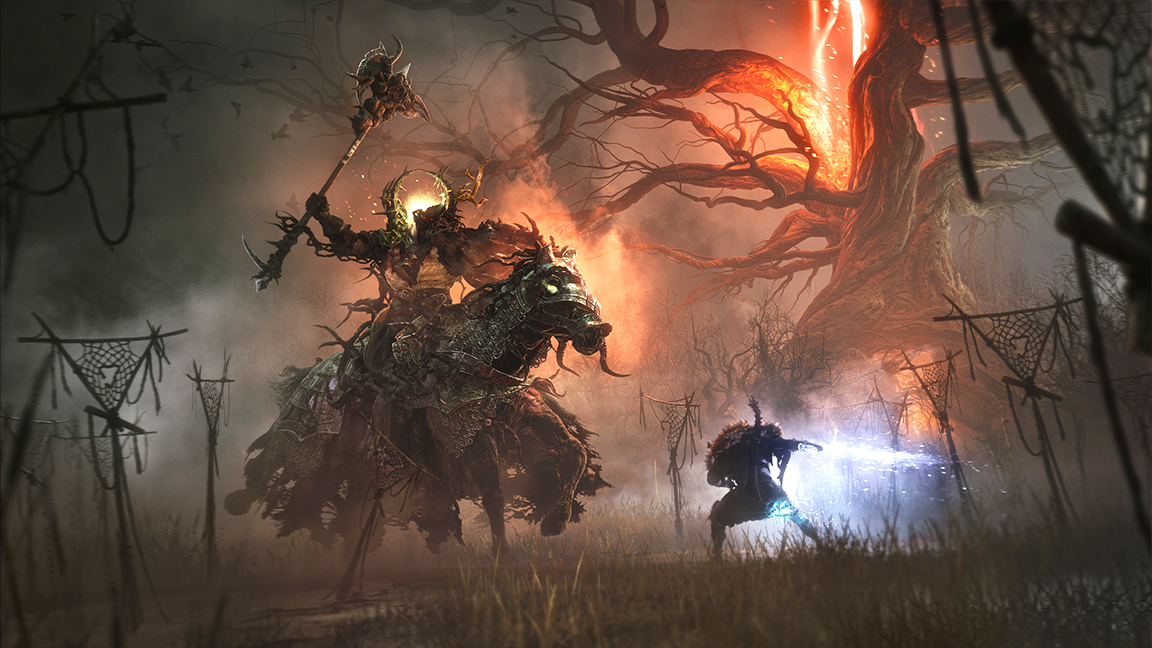
Publisher CI Games
Developer Hexworks
Players 3 (co-op / PvP)
Platforms PlayStation 5 (reviewed), Xbox Series X / S, PC
Out now
Here’s the thing, I’ve been playing Lords of the Fallen before release but delayed reviewing the game because, well… it keeps changing. Developer Hexworks has released patch after patch for this next-gen Soulslike and each time I drop in for a game something has changed; bosses are too hard then a walkover, weapons are god-killers and then toothless hunks of metal.
There have been well over 100 new updates for Lords of the Fallen since it launched, so you can see, in many ways, pinning a score to this game is like catching water. Just when I think I get how the game is meant to play, something shifts and changes.
In my review below on PlayStation 5 I’ll cover the core of what makes up Lords of the Fallen, what it does well, what it does differently to established Soulslikes like Dark Souls 2, Elden Ring and Sekiro, and also why, perhaps, a developer dedicated to serving its players shouldn’t be dismissed.
Lords of the Fallen review: gets the basics right
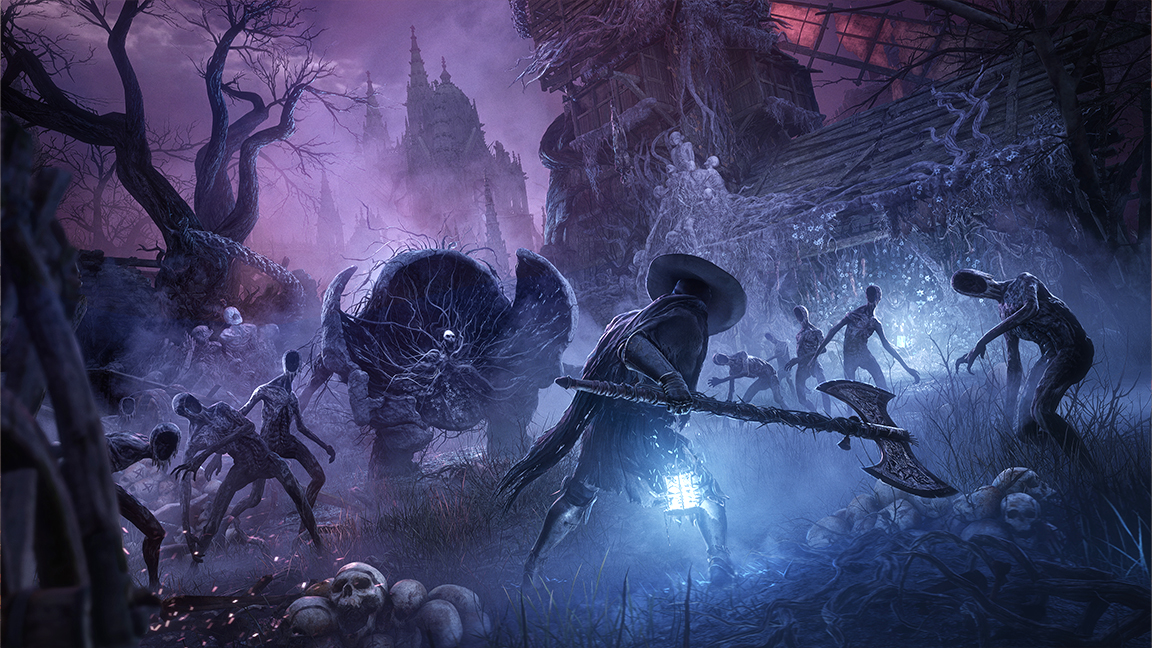
First impressions of Lords of the Fallen suggest a me-to FromSoftware imitator keen to ride the coattails of Dark Souls, and while Hexwork’s game features everything we’ve come to love about the genre - exacting combat, world design to be re-run time and again and gothic, misshapen monsters - it has one or two clever ideas that offer something new.
First, the basics. Character classes can be chosen from the usual roster of heavily armoured knights to mages and rangers, each with a unique set of stats and relationship to the different kinds of magic used in the game. Which you choose genuinely has an impact on how the game plays, and how much of a challenge it can be; I restarted after picking the ranger class because its lack of armour really made the early stages an uphill challenge.
The early stages of Lords of the Fallen feel overly familiar in most aspects and any seasoned FromSoftware player will have deja vu; the visual design, dove-tailed map layouts and combat, built around parries, dodging and stances, feels like an imitation.
Yet push on, past the first boss Pieta, a winged and corrupted knight that reins down magical knives and a field of javelins, past the next few mini-bosses even, and Lords of the Fallen begins to open up and reveal its own game design, its own ideas and style.
Lords of the Fallen review: the big idea
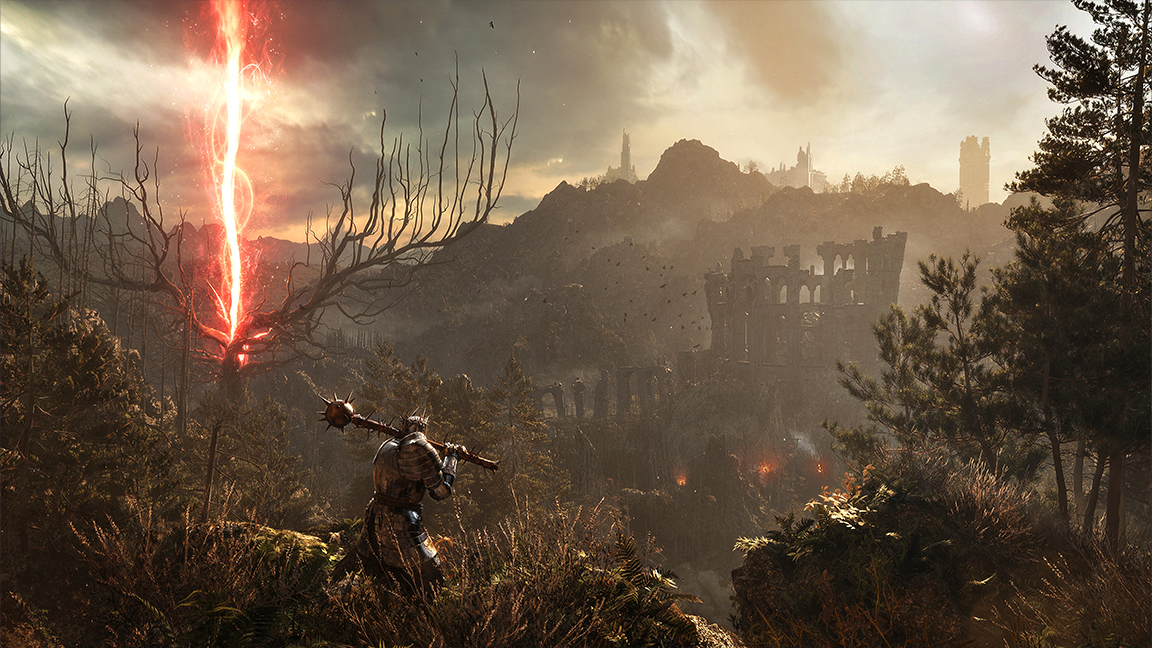
The big idea is the land of the living, Axiom, sits above the world of the dead, Umbral, and the two can be explored and swapped between. At first the realm of Umbral is merely a Soulslike last chance saloon to stage a comeback from death but as you progress it becomes apparent the worlds of Axiom and Umbral are genuinely existing as parallel spaces.
Holding up the Umbral Lamp enables you to see into this deathly dimension, its twisted organic landscape, a HR Giger-like decaying colossus and demons that stagger from the shadows.
Using the Umbral Lamp you can manifest platforms in Axiom and blocked paths or closed doors become open and accessible; skeletal walkaways appear from thin air and water-logged paths become explorable canyons. It's a design idea that’s been done before, of course, all the way back to Legacy of Kain on PS1, but few games have managed to achieve such a sense of coexistence as Lords of the Fallen.
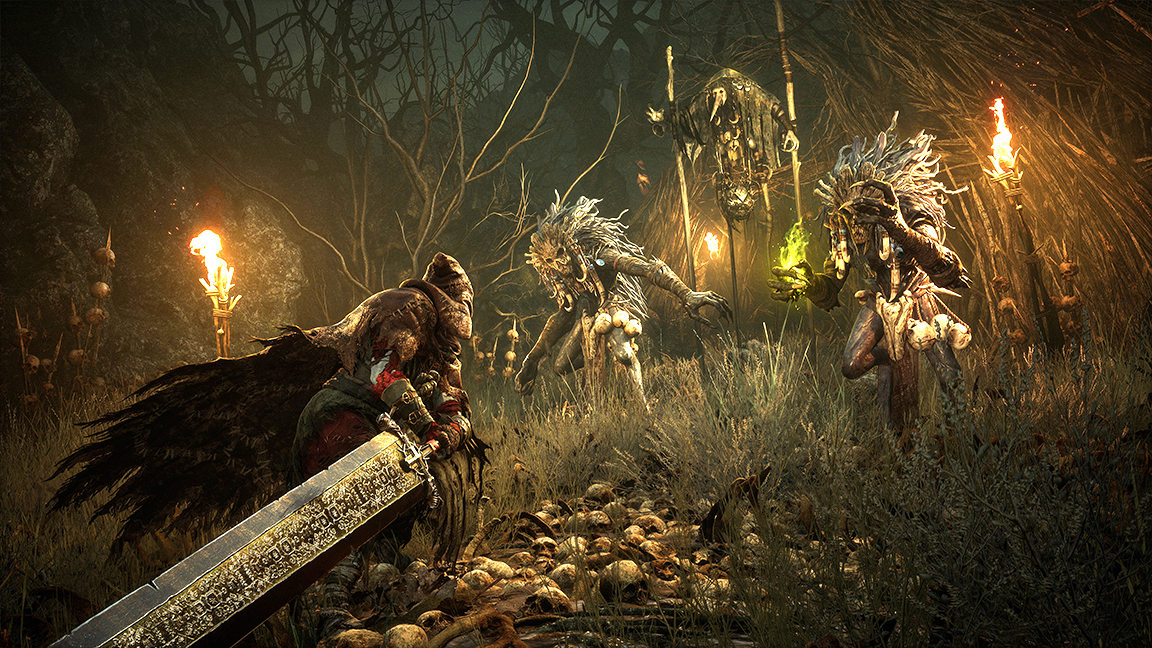
There’s risk and reward at play for using the Lamp too, as stare too long into Umbral and its demons will seep into Axiom; some areas require you to go into Umbral voluntarily, only leaving at specific totems points, and with a clock ticking before the scythe-wielding Scarlet Shadow comes hunting any living soul crossing over, there’s a race to leave.
The Umbral Lamp can also be used in combat, adding a new tactical layer to the overly-familiar dodge-parry-swing mechanic. Using the Umbral Lamp you can pull the soul from an enemy’s’ body and deliver more damaging blows. Some enemies have Umbral creatures attached to them, protecting them from some magics or certain status attacks, peeling these creatures off an enemy can make a formidable boss easier; but there’s a catch, you’ll need to be in Umbral to do it, removing your comeback lifeline and eventually the Scarlet Shadow will make an appearance.
There are a lot of subtle ways in which the Umbral / Axiom dynamic works, for example some enemies will even become more threatening in Umbral while others weaker, you can manifest Umbral paths in Axiom only to put away the Lamp to fall between paths to new locations. Mixing and matching the worlds to explore adds an entire new dimension to the familiar loop-run-and-rerun Soulsborne map design.
Lords of the Fallen review: using Unreal Engine 5

Lords of the Fallen has been built using the powerful Unreal Engine 5, and it’s really aided the design and look of the worlds of Umbral and Axiom. When I met with Hexworks’ creative team they shared how UE5 was used to rethink how environments are made, turning artists into scene directors to craft handmade settings. I found one, early in the game there’s a secret shrine to a dead family, each dead loved one’s hands are arranged into a grotesque sculpture.
The game has a broad spectrum of environments to explore, including the ashen city of Calrath, snowy forest ruins, fog-shrouded swamps and a crumbling monastery high in a cliff face. You’ve explored these places before in other games, Lords of the Fallen isn’t overly original in its world design, but its world-building is beautiful. There’s a tactile handmade, almost artisan, feel to the space you can explore that means each temple feels new.
Scale is used constantly to impress; there’s always a vista to look at and the spectre of a god’s massive fingers protruding from the ground, on the horizon, always makes for a unique view. The detail is staggering, from elegantly modelled gargoyles no one will ever see unless you really look, to didactic carvings on doors and shrines to help submerge you in the game’s gothic, malevolent world.
Lords of the Fallen review: many, many updates
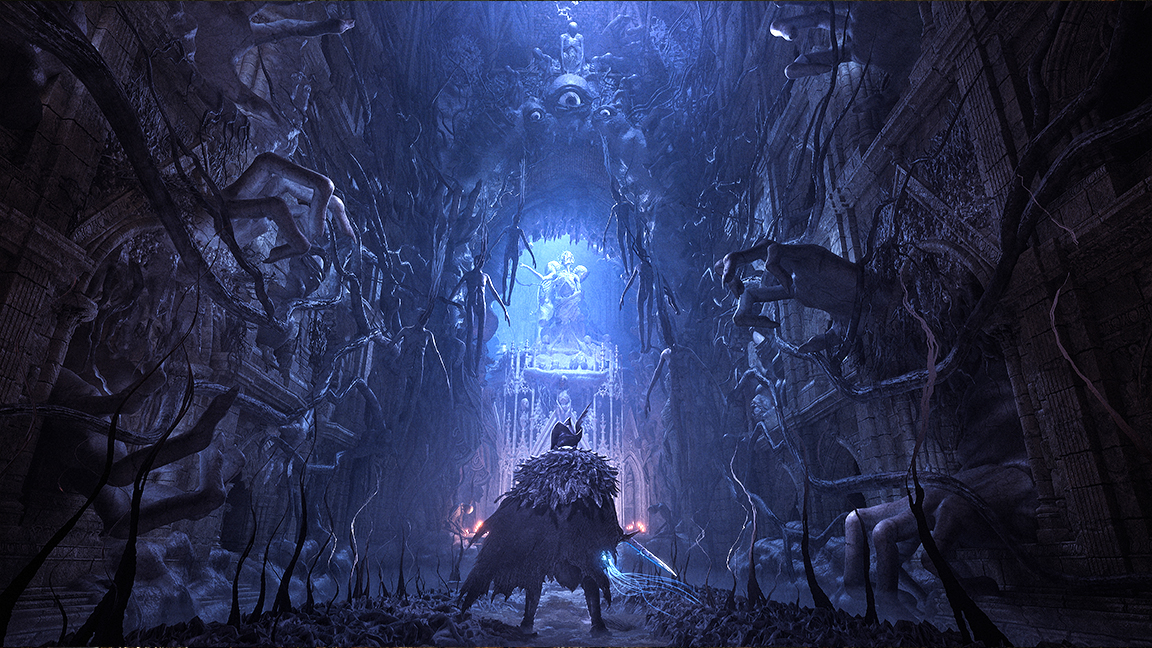
Then I come to how Lords of the Fallen is to really play, day to day. The many updates that keep being released of the game change how it plays in crucial ways, from tweaks to the controls, visual glitches, and frame rates (when the drone-like enemies of Umbral gather in masses the game struggles); these I can handle; these are technical improvements. But changes to boss behaviour and difficulty - a recent patch has given all mini-bosses a 10% to 20% health boost and a 10% boost to their damage dealt - really impacts the Soulslike-ness of Lords of the Fallen. This is a genre built on mastering patterns and judging risk and reward, and each week Hexworks moves the goal posts.
The other side of the coin is fans are being listened to, the game tweaked to suit a die hard cohort of players. In the long run this could pay off, and Hexworks certainly has big plans, with new quests, special armour sets and weapons and a New Game Plus modifier that will enable players to tailor the game to their style (which could let us undo or enhance all those updates, if needed).
In the short term the many updates make me anxious; I simply don’t know how the game will play the text time I pick it - now that’s new for a Soulslike. To paraphrase Forrest Gump, Life is like a box of chocolates, you never know what you're gonna get’.
Does this new randomness make Lords of the Fallen a bad game? Not at all, the core new ideas add to the genre while the many updates feel like a weekly roll of the dice that many love, and if there’s one thing fantasy gamers love it's rolling dice.







